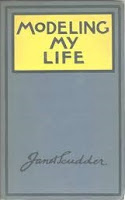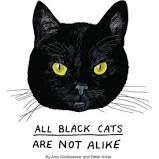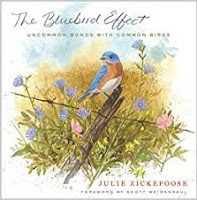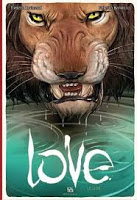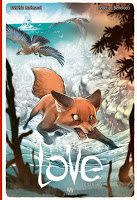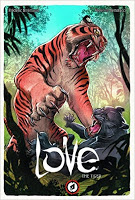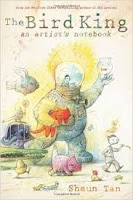by Janet Scudder
Janet Scudder was one of the first acclaimed female American sculptors. But her start was not easy and I believe she wrote this book in part to show how much hard work being an artist can take! She started out with drawing classes in school but when first had a beginning course in sculpture, realized it was her thing. At the Chicago World\’s Fair in 1893 she saw the work of Frederick W. MacMonnies and determined this was the master who would teach her. She simply travelled to France (with hardly a penny to her name), eventually found his studio and wouldn\’t take no for an answer. Her descriptions of early work in studios in France are just delightful, especially the discovery of self and development of her own style. Initially she did a lot of decorative wood carving (because it paid bills), then bas-relief seals and portrait medallions. Finally got comissions doing statues and funerary urns, but decided she didn\’t want to spend the rest of her life \”doing work for the dead\” so instead began making wonderful figures of happy chubby dancing children, to decorate fountains and gardens. And ultimately that\’s what she became known for.
So the book is a lot about her road through life: early studies and struggles living in poor neighborhoods and dismal studios, seeking work all the time. In fact some descriptions of Paris and New York (when it felt unwelcoming to her) remind me a lot of Down and Out in Paris and London. On the other hand, her pluck and unremitting determination are also very reminiscent of Betty MacDonald\’s voice in Anybody Can Do Anything… She tells about her first exposition, her first inclusion in a museum, her first big comission, her first home purchase- in France- she lived in France just as often as in New York and seemed to feel more at home there. Later parts of the book are more about her observations of New York social circles, her work as a suffragette and later volunteering in the war effort, and her ideas on color theory- how it affects people\’s moods and could be used in public spaces for cheering effect. Some parts are just plain funny, others more serious, but always her strong personality is core. I didn\’t absorb quite as much information about sculpture as I\’d expected, but a lot about her personal ideology as an artist. Good reading indeed.
This book is on my e-reader. And here I have a complaint. The copy itself is horrid. It\’s another one I acquired free as a digital file because it is old enough to be in the public domain… but it\’s obviously the file was created by some automated means. There were jumbled letters and nonsensical words on nearly every page- most of the time I could decipher what the word was supposed to be, but not always. Frequently one end of quotation marks was depicted as cc. Chapter titles that must have originally been at the top of every page instead interrupted paragraphs a third of the way down each screen on my e-reader. Photos were all grainy, dark and indistinct- better they had been left out entirely.
It says a whole lot for how much I enjoyed and treasured the words of this artist, that I got through the entire thing regardless of all these distractions and flaws. Definitely one I\’m going to try and find a hardcopy of, then I can erase the file.
Rating: 4/5 297 pages, 1925
